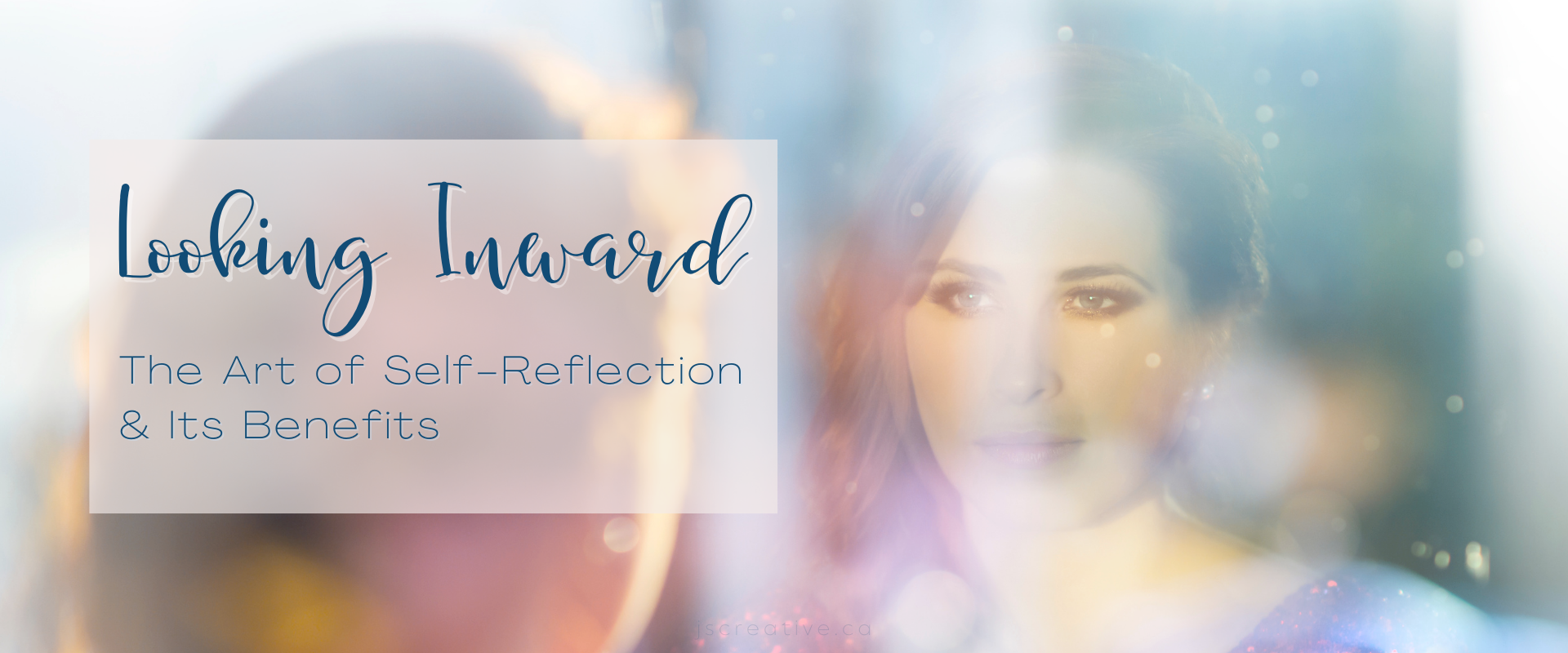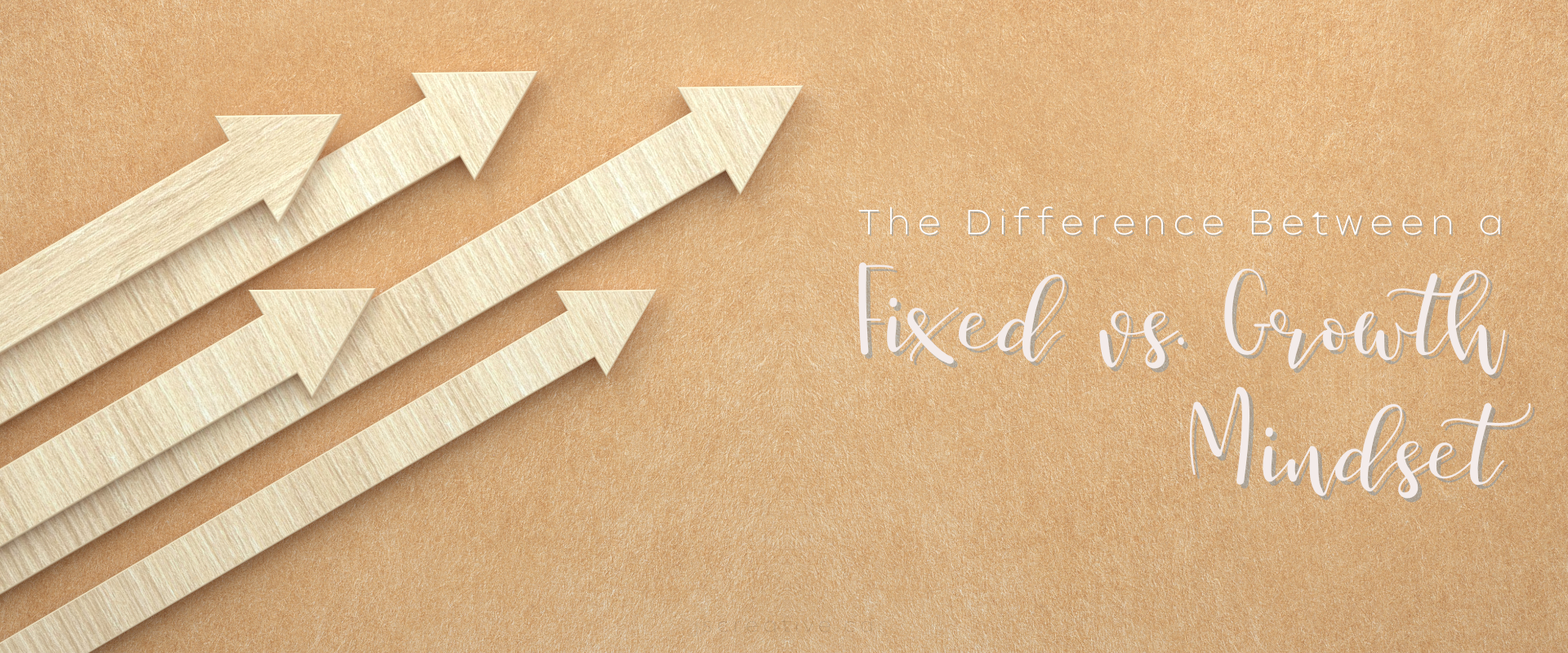Looking Inward: The Art of Self-Reflection and Its Benefits

Life can be a total whirlwind, right? Between all the stuff you gotta do, the expectations, and the never-ending to-do lists, have you ever just wanted a moment to hit pause, take a breath, and really connect with yourself? Well, guess what? You’re not alone in that feeling!
In this super fast world we live in, it’s so easy to get caught up in all the noise around us. We’re always chasing more achievements, more likes, more success. But let me tell you something, my awesome friends: real happiness isn’t in all that outside stuff. It’s deep within us.
And that’s where self-reflection comes in – it’s like having a heart-to-heart chat with your own soul. It helps you discover your dreams, your fears, your strengths – all that good stuff!
Why is self-reflection so cool?
Let me break it down for you:
- Getting Clarity: Life can get seriously chaotic, but self-reflection gives us this amazing gift called clarity. When you take time to understand your thoughts, feelings, and values, you’ll get to know the real you. You’ll figure out what you’re passionate about, your purpose, and where you wanna go in life.
- Boosting Self-Awareness: Self-reflection acts like a mirror. It shows us our actions, choices, and habits. It helps us see what’s holding us back and what’s pushing us forward. With better self-awareness, you can make choices that match your values and make you a better you.
- Mindfulness Magic: Self-reflection and mindfulness go together like peanut butter and jelly. When you take time to look within, you become aware of the present moment. You start appreciating the little things, finding joy in simple stuff, and feeling grateful every day.
- Becoming Stronger: Life throws curve-balls, but self-reflection helps us hit them out of the park! When things get tough, you tap into your inner strength. You learn from past experiences and get the courage to tackle obstacles head-on.
- Self-Love Boost: We’re all so busy, right? But self-reflection reminds us that self-care is important. It tells us to take a breather, show ourselves some love, and do things that make us happy.
- Connecting for Real: As you explore yourself, you’ll attract cool people who dig the real you. Self-reflection makes your relationships deeper. You connect on a whole new level, without pretending to be someone you’re not.
Ways to Dive Into Self-Reflection
- Journaling: Grab a notebook and let your thoughts flow. Write about your dreams, challenges, and the things you’re grateful for. Let your feelings spill onto the pages – it’s like magic!
- Meditation: Take a few minutes each day to chill out. Focus on your breath, let your thoughts float by, and find calm in the middle of the craziness.
- Solo Adventures: Treat yourself! Explore a park, check out an art gallery, or hang at a cozy café. Enjoy your own company and have fun!
- Deep Talks with Friends: Have heart-to-heart chats with pals who get the self-reflection thing. Share your journey, your thoughts, and your discoveries. You’ll build a supportive squad that’s all about growth.
. . . . . . . . . .
So, my fellow explorer, embrace the quiet moments, listen to your heart, and let your true self shine. Remember, the best love story you’ll ever have is the one you create with yourself. You got this!
Looking Inward: The Art of Self-Reflection and Its Benefits Read More »









